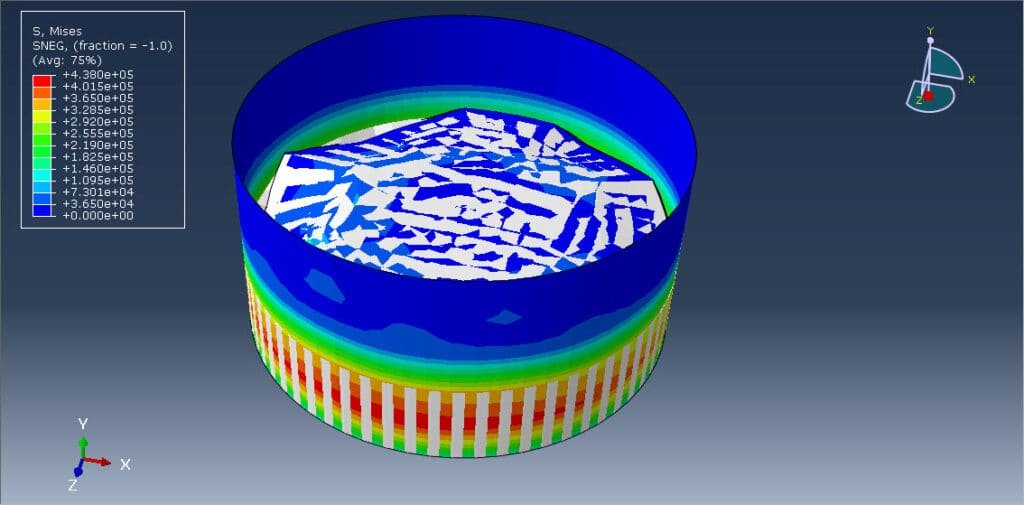

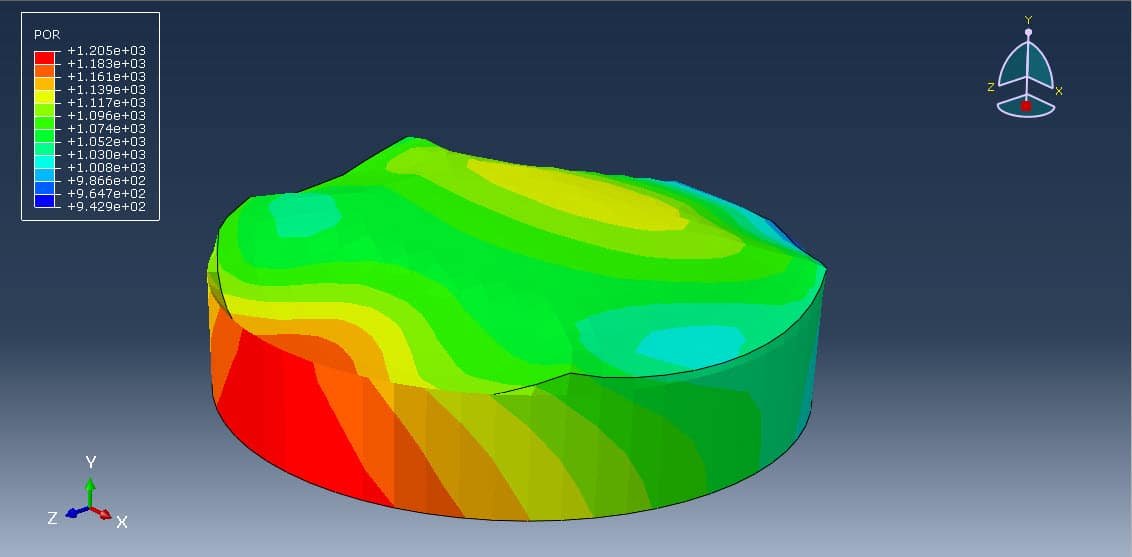



Water sloshing in a cylindrical tank under seismic loading is a critical phenomenon in civil and structural engineering, particularly for water supply systems, nuclear power plants, oil storage tanks, and chemical process industries. When a seismic event (earthquake) occurs, the ground motion induces dynamic forces that cause the liquid inside a tank to oscillate. This dynamic behavior, known as sloshing, can lead to large pressure forces on the tank walls, potential overflow, structural damage, and even failure of the tank if not properly accounted for in design.
Understanding and analyzing this sloshing behavior is essential for ensuring the structural integrity of tanks and the safety of surrounding infrastructure during seismic events.
Explanation
1. What is Sloshing?
Sloshing refers to the movement of a free-surface liquid inside a container due to external excitation (e.g., seismic motion). In the case of a cylindrical tank, the lateral shaking caused by an earthquake induces wave-like oscillations on the liquid surface.
There are two main responses of the liquid:
Convective (sloshing) motion: Low-frequency oscillations of the liquid surface.
Impulsive motion: High-frequency movement of the liquid mass that behaves like a rigid body and moves with the tank.
2. Seismic Loading and Tank Response
When seismic waves interact with a cylindrical tank, the response can be broken down into:
Base motion: Horizontal or vertical ground movement.
Hydrodynamic pressure: Pressure exerted by the liquid on the tank wall and bottom due to inertia.
Dynamic interaction: Between the tank structure and the contained fluid.
3. Modeling Approaches
To analyze sloshing behavior, engineers often use the following methods:
Analytical Models (Spring-Mass Models):
Housner’s model is commonly used, representing the fluid as:
An impulsive mass is rigidly attached to the tank.
A convective mass is connected to the tank wall via a spring.
These models estimate sloshing frequencies and hydrodynamic forces.
Computational Fluid Dynamics (CFD):
CFD simulations provide a detailed understanding of fluid-structure interaction.
Can capture nonlinear sloshing, wave breaking, and overtopping.
Finite Element Analysis (FEA):
The tank and fluid can be modeled using FEA tools with coupled fluid-structure interaction (FSI) capabilities.
Suitable for analyzing stress, deformation, and sloshing pressure distribution.
Water can be an acoustic part with a free surface, and the tank would be a Lagrangian part.
4. Key Parameters Influencing Sloshing
Tank Geometry: Height-to-diameter ratio affects natural sloshing frequency.
Liquid Depth: Deeper liquids have lower sloshing frequencies.
Seismic Characteristics: Frequency content, amplitude, and duration of ground motion.
Boundary Conditions: Tank fixity and base flexibility influence dynamic response.
Damping: Both structural and hydrodynamic damping reduce sloshing amplitudes.
Analyzing water sloshing in cylindrical tanks under seismic loading is a complex but essential aspect of seismic design. It involves understanding fluid dynamics, structural response, and the interaction between the two. Accurate modeling and simulation help engineers design safer and more resilient tanks, reducing the risk of catastrophic failure during earthquakes.


Acoustic
€100,00 Original price was: €100,00.€99,99Current price is: €99,99.
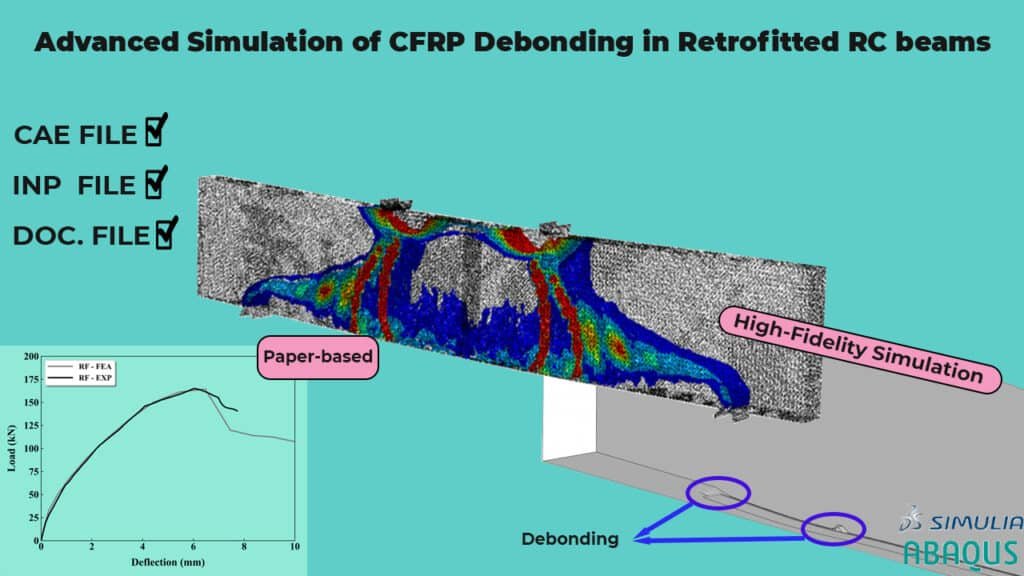
Abaqus
€150,00 Original price was: €150,00.€120,00Current price is: €120,00.
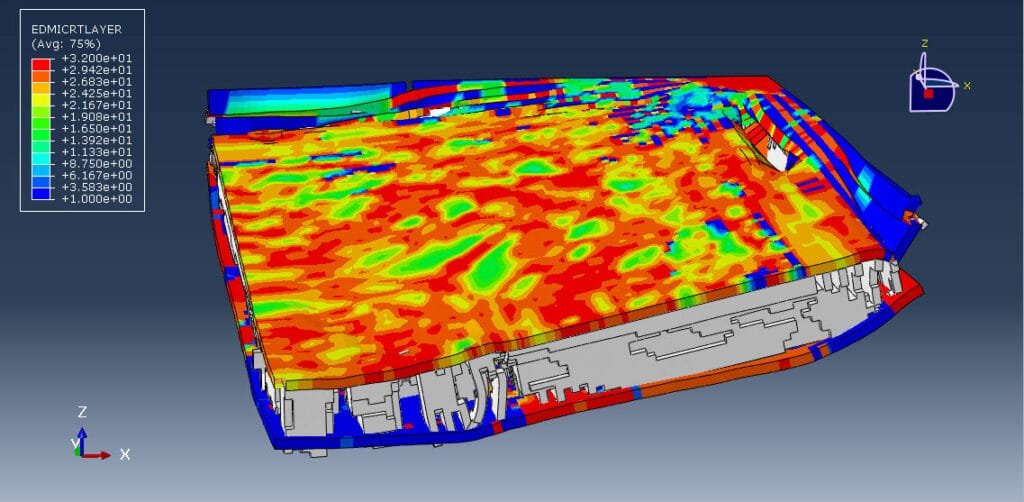
Abaqus
€49,00 Original price was: €49,00.€29,00Current price is: €29,00.
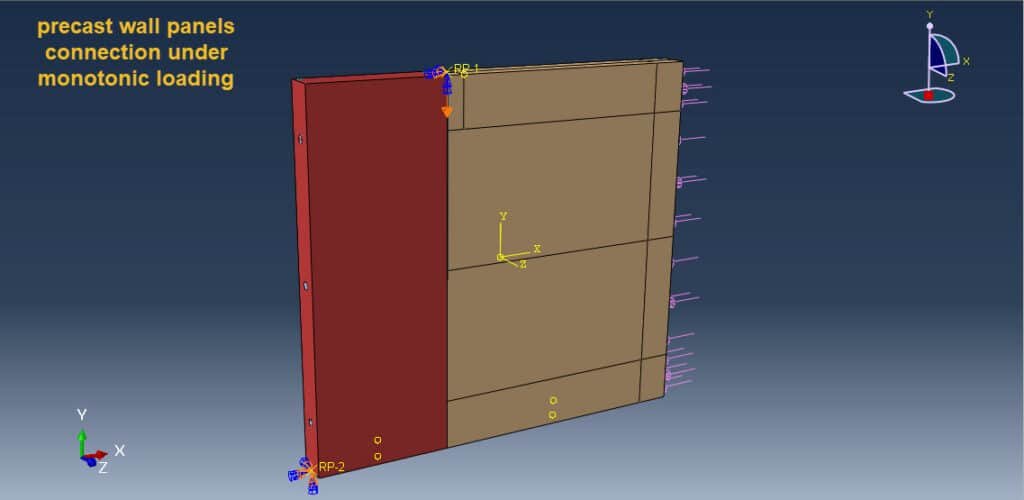
Abaqus
€46,00 Original price was: €46,00.€26,00Current price is: €26,00.

Abaqus
€50,00 Original price was: €50,00.€30,00Current price is: €30,00.
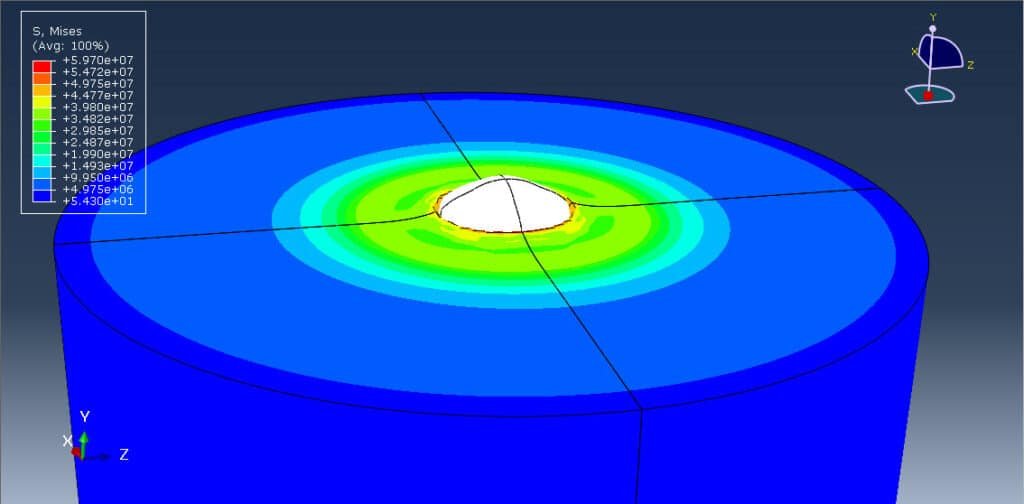
Abaqus
€46,00 Original price was: €46,00.€27,00Current price is: €27,00.

Abaqus
€45,00 Original price was: €45,00.€28,00Current price is: €28,00.
See more
Let’s Learn and Collaborate
Get VIP access to new content.
Sign up for weekly deals and news.
Engineering Downloads is a hub for learning,
collaboration, and sharing engineering models
and resources.
© 2025 Engineering Downloads. All rights reserved.

Want to receive push notifications for all major on-site activities?